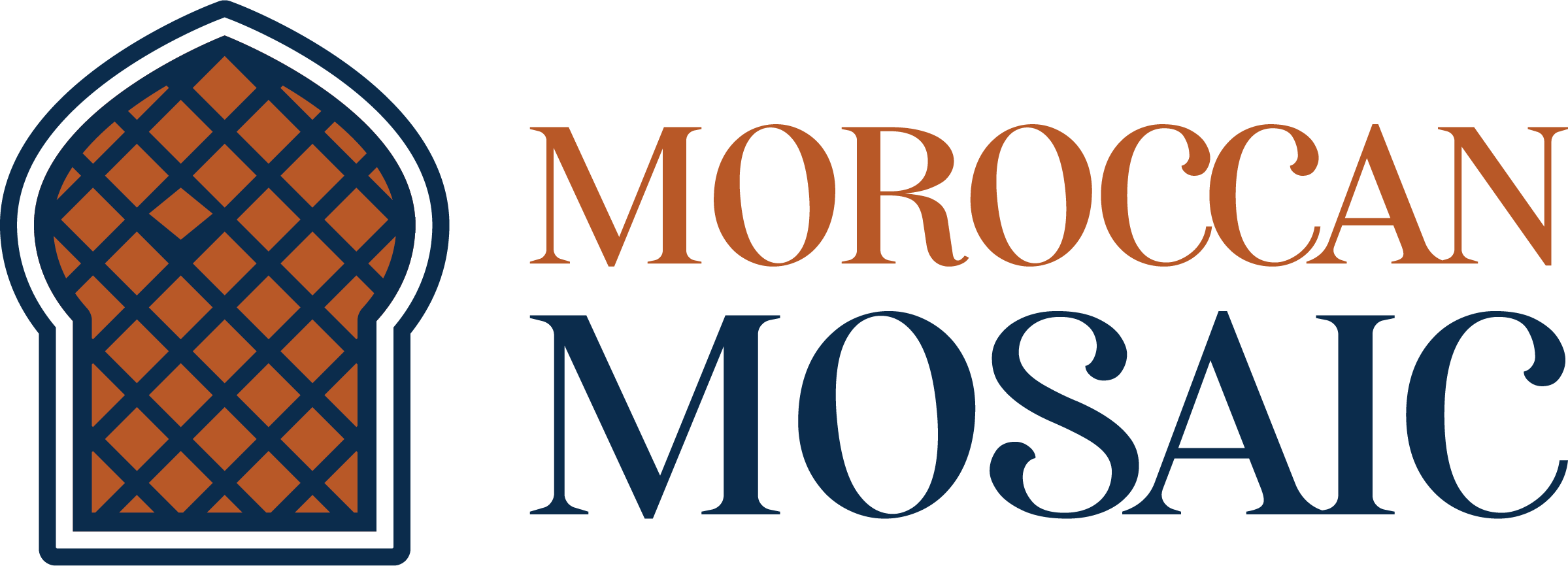Handmade Moroccan rugs, with their intricate designs and vibrant colors, are a testament to the country’s rich cultural heritage. These handwoven masterpieces have captured the attention of art enthusiasts and interior designers worldwide. In this blog, we will explore the history, craftsmanship, and cultural significance of Moroccan rugs, along with tips for purchasing these beautiful works of art.
A Journey Through History
Moroccan rugs trace their origins back to the Amazigh people of North Africa, with a history spanning over two millennia. These rugs were traditionally crafted for practical purposes, providing warmth during cold mountain winters and serving as sleeping mats or blankets. Over time, the designs and techniques evolved, reflecting the diverse influences of various cultures that interacted with Morocco through trade and migration.
The Craftsmanship Behind Moroccan Rugs
Materials and Techniques
Moroccan rugs are typically made from wool, although some may include cotton, silk, or recycled textiles. The wool is often sourced from local sheep, providing a soft and durable material for weaving. Artisans use natural dyes derived from plants, minerals, and insects to achieve the vibrant colors characteristic of these rugs.
The weaving process is labor-intensive and requires great skill. Traditional looms, either vertical (high-warp) or horizontal (low-warp), are used to create the intricate patterns. Each rug can take weeks or even months to complete, depending on its size and complexity.
Iconic Designs and Patterns
The designs of Moroccan rugs are deeply symbolic and often tell stories or convey cultural meanings. Common motifs include geometric shapes, such as diamonds and triangles, which may symbolize protection or fertility. Other patterns might represent natural elements, like mountains and rivers, or abstract concepts related to spirituality and life events.
Regional Variations
Morocco’s diverse regions each have their unique styles and techniques when it comes to rug weaving. Here are some notable examples:
- Beni Ourain Rugs: Originating from the Atlas Mountains, these rugs are known for their thick, shaggy pile and minimalist, black-and-white geometric designs.
- Boucherouite Rugs: Often made from recycled textiles, these vibrant and colorful rugs are a testament to the resourcefulness and creativity of the artisans, primarily from rural areas.
- Azilal Rugs: Hailing from the Azilal province, these rugs feature intricate, multicolored patterns set against a creamy background, blending traditional and contemporary aesthetics.
The Cultural Significance of Moroccan Rugs
Moroccan rugs hold a special place in the country’s cultural fabric. They are more than just decorative items; they play a role in various social and ceremonial contexts. For instance, rugs are often part of wedding traditions, used as dowries or gifts. They also feature prominently in homes, serving as both functional items and expressions of cultural identity.
Contemporary Trends and Global Influence
In recent years, Moroccan rugs have gained immense popularity in the global design market. Their unique aesthetics fit well with various interior styles, from bohemian and eclectic to modern and minimalist. Contemporary designers are also drawing inspiration from traditional Moroccan patterns, creating new pieces that blend old and new elements.
Sustainability and Fair Trade
As the demand for Moroccan rugs grows, so does the importance of sustainable and ethical practices in their production. Many artisans adhere to traditional, eco-friendly methods, using natural dyes and materials. Fair trade organizations are working to ensure that weavers receive fair compensation for their labor, helping to preserve this ancient craft for future generations.
Tips for Buying Moroccan Rugs
If you’re considering purchasing a Moroccan rug, here are some tips to ensure you find a high-quality, authentic piece:
- Research: Familiarize yourself with the different types of Moroccan rugs and their characteristics.
- Source: Buy from reputable sellers such as Moroccan Mosaic or fair trade organizations to ensure authenticity and ethical sourcing.
- Inspect: Check the quality of the weave, materials, and dyes. Authentic rugs often have slight imperfections that add to their charm.
- Ask Questions: Don’t hesitate to ask the seller about the rug’s origin, the materials used, and the weaver’s background.
Conclusion
Moroccan rugs are more than just beautiful decorative items; they are a rich tapestry of history, culture, and artistry. By understanding and appreciating the craftsmanship behind these rugs, we can support the artisans who create them and preserve this valuable cultural heritage. Whether you’re an art lover, a design enthusiast, or simply someone looking to add a touch of warmth and character to your home, a Moroccan rug is a timeless investment that tells a story of tradition and creativity.


0 Comments